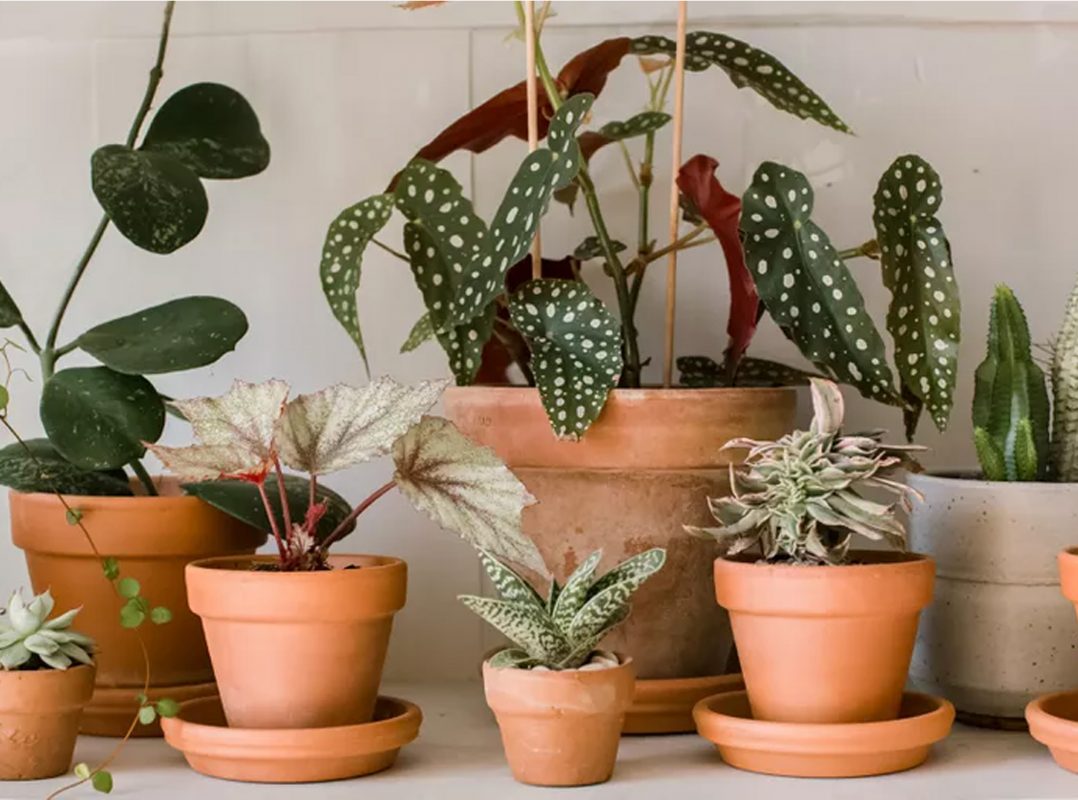
Indoor Gardening Tips for Thriving Houseplants
Indoor plants have multiple benefits, from stress reduction to air purification, to aesthetics. Keeping a plant alive may seem daunting. But it’s very possible to get plants to grow and thrive indoors! Here are some tips to help you out.
Since you’ll be growing indoors, it’s important to consider the conditions of your gardening space. You will want to think about how much light the plants will get, the temperature of the room, how big the plants will grow, and how long it will take for them to reach maturity. Therefore, make sure you select the right kind of plant to grow.

All plants have evolved to deal with certain sets of conditions that have to do with temperature, light, water, and nutrient availability (among many more). Every plant needs sunlight, water, and nutrients, but they may need them in different quantities. Get to know the specific requirements of the plants you have, and care for them accordingly.

The watering frequency of indoor plants depends on the type of plants you have. Generally speaking, most gardening experts suggest you water houseplants once a week. Even desert plants like cacti should be watered weekly, but they can go a bit longer without water than broadleaf plants.
Most plants absorb nutrients through their roots in the soil. In an indoor environment, the nutrients available to plants can get depleted over time. Therefore, it’s good to fertilize plants regularly. The rough suggested frequency of fertilizing varies quite a bit: weekly, monthly, or every 1-3 months. Generally speaking, it’s better to under-fertilize rather than over-fertilize your plants, so make sure you don’t do it too often.
Different houseplants have different sunlight requirements, depending on where they evolved to grow. Some plants need a lot of sunlight, and others need less. If a plant requires direct sunlight, they need about 6 hours of sun per day, right in the window. If it requires moderate sunlight, there should be 4 hours of direct sun per day. Indirect sunlight means the plant should be kept a few feet away from a window all the time.

Re-potting plants usually involve moving them from one pot to another with new soil. Usually, the new pot is larger, giving the plant room to grow. The new soil will have more nutrients than the old soil. Check and see that your indoor plant is in a pot that’s big enough for it to thrive. Choosing the right pot for your plants is crucial, and be sure to check that it has proper drainage.
Overall, caring for plants is not as difficult and daunting a task as it might seem, and the results are really rewarding!





Leave a comment